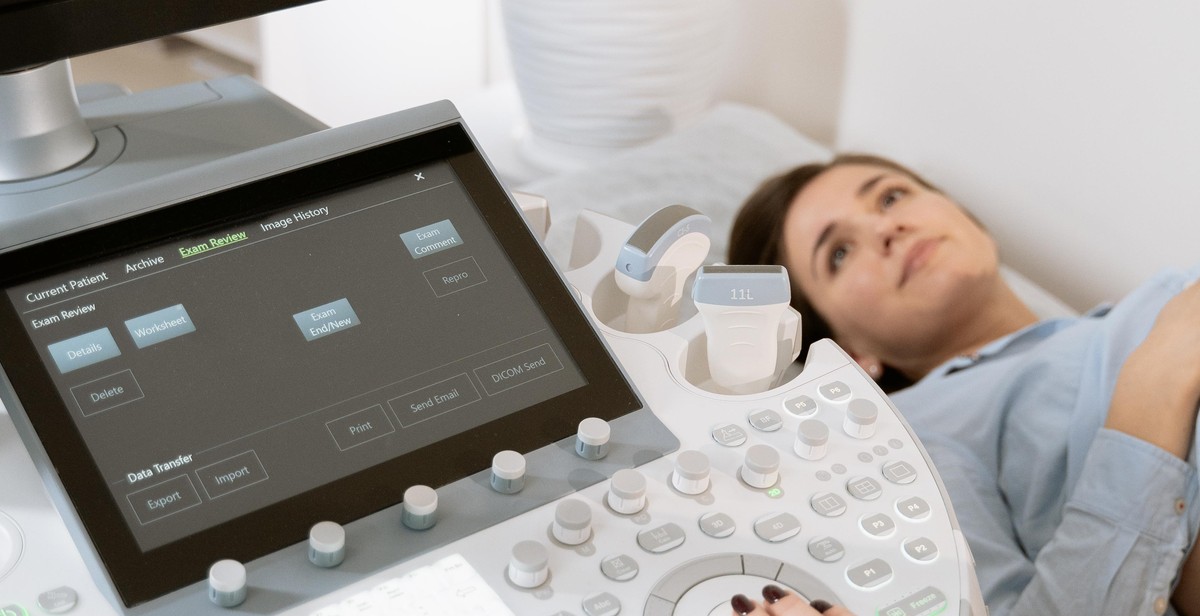How to Forecast Rainfall: Techniques and Methods for Predicting Rainfall Amounts
As someone who has been studying weather patterns and forecasting for over a decade, I can attest to the fact that predicting rainfall amounts can be a challenging task. However, with the right techniques and methods, it is possible to make accurate predictions and prepare for any potential weather-related events.
Why is predicting rainfall important?
Knowing how much rain is expected is crucial for a variety of reasons. Farmers need to know when to plant and harvest their crops, cities need to prepare for potential flooding, and individuals need to plan outdoor activities.
What are the techniques and methods for predicting rainfall?
There are several techniques and methods that meteorologists and weather enthusiasts use to predict rainfall. These include:
- Analysis of current weather patterns and conditions
- Use of computer models and algorithms
- Monitoring of atmospheric pressure and humidity
- Analysis of historical weather data
Each of these techniques plays a crucial role in accurately predicting rainfall amounts. By combining these methods and analyzing the data, meteorologists can provide accurate forecasts and help communities prepare for any potential weather-related events.

The Importance of Accurate Rainfall Prediction
Accurate rainfall prediction is crucial for various sectors, including agriculture and irrigation, weather forecasting, and disaster preparedness. In this section, we will discuss the importance of accurate rainfall prediction for these sectors.
Agriculture and Irrigation
Accurate rainfall prediction is essential for agriculture and irrigation as it helps farmers and agriculturalists plan their farming activities and irrigation schedules. Farmers rely on rainfall to grow crops, and inadequate or excessive rainfall can lead to crop failure, which can negatively impact food security and the economy.
With accurate rainfall prediction, farmers can plan the best time to plant their crops, apply fertilizers and other farm inputs, and manage their irrigation schedules. This helps to increase crop yields and improve food security.
Weather Forecasting
Rainfall prediction is a crucial component of weather forecasting. Weather forecasters use various methods to predict rainfall amounts and patterns, including radar and satellite imagery, computer models, and ground observations. Accurate rainfall prediction helps weather forecasters to issue weather alerts and warnings, which can save lives and property.
For instance, if a severe storm is predicted to bring heavy rainfall, weather forecasters can issue flood warnings, allowing people in the affected areas to take necessary precautions and evacuate if necessary. This helps to minimize the impact of disasters and save lives.
Disaster Preparedness
Accurate rainfall prediction is also essential for disaster preparedness. With accurate rainfall prediction, disaster management agencies can plan and prepare for potential disasters, such as floods and landslides. They can stockpile emergency supplies, evacuate people in high-risk areas, and deploy rescue teams in advance.
Without accurate rainfall prediction, disaster management agencies may not be able to respond quickly and efficiently to disasters, leading to loss of lives and property.
| Sector | Importance of Accurate Rainfall Prediction |
|---|---|
| Agriculture and Irrigation | Helps farmers plan farming activities and irrigation schedules, leading to increased crop yields and improved food security. |
| Weather Forecasting | Helps weather forecasters issue weather alerts and warnings, which can save lives and property. |
| Disaster Preparedness | Helps disaster management agencies plan and prepare for potential disasters, leading to quick and efficient response to disasters. |

How is Rainfall Predicted?
Forecasting rainfall is a crucial aspect of weather prediction, and it helps in various sectors like agriculture, transportation, and disaster management. There are numerous techniques and methods for predicting rainfall amounts, and they include the following:
Satellite Imagery
One of the most common methods of predicting rainfall is through the use of satellite imagery. Satellites are equipped with sensors that can detect clouds and their movements. By analyzing the movement and formation of clouds, meteorologists can predict the onset of rainfall. The satellite imagery provides information about the size and density of clouds, which helps in determining the amount of rainfall that can be expected from them.
Radar Technology
Another method of predicting rainfall is through the use of radar technology. Radars can detect precipitation in the atmosphere by sending out radio waves and measuring the reflected signals. The data collected by the radar is then analyzed to determine the intensity and location of the rainfall. Radar technology is especially useful in predicting short-term rainfall, which is essential for disaster management.
Numerical Weather Prediction Models
Numerical Weather Prediction (NWP) models are computer simulations that use mathematical equations to predict weather patterns. These models take into account various factors like temperature, pressure, and humidity to predict rainfall. NWP models are used to forecast rainfall over a more extended period, ranging from a few hours to several days. These models are highly accurate and provide valuable information for weather forecasting.
Overall, these techniques and methods are essential in predicting rainfall amounts accurately. By using a combination of these techniques, meteorologists can provide accurate forecasts, which helps in mitigating the impact of rainfall on various sectors.

Rain Gauge Network
One of the most important tools for forecasting rainfall is a rain gauge network. This network is made up of manual and automated rain gauges strategically placed in different locations to collect precipitation data. The data collected from these rain gauges is then used to create rainfall forecasts.
Manual Rain Gauges
Manual rain gauges are the traditional type of rain gauges that have been used for centuries. They consist of a cylindrical container with a funnel on top, which collects the rainwater. The water collected is then measured using a ruler or a graduated cylinder. Manual rain gauges are inexpensive and can be installed easily in remote areas where there is no electricity. However, they require frequent maintenance and are prone to errors due to human error.
Automated Rain Gauges
Automated rain gauges are the modern type of rain gauges that use advanced technology to collect and transmit rainfall data in real-time. These gauges are equipped with sensors that measure the amount of precipitation and transmit the data to a central database via satellite or cellular networks. Automated rain gauges are more accurate and reliable than manual rain gauges, and they require less maintenance. However, they are more expensive and require a source of power.
Conclusion
A rain gauge network is an essential tool for predicting rainfall amounts accurately. Manual rain gauges are suitable for areas with limited resources, while automated rain gauges are suitable for areas with a reliable source of power. A combination of both types of rain gauges can provide more accurate and reliable rainfall forecasts.

Challenges in Rainfall Prediction
Forecasting rainfall is a complex and challenging task due to various factors, including climate change and limited data availability. These challenges make it difficult for meteorologists to predict rainfall accurately, leading to inaccurate predictions and potential damage to the environment and human lives.
Climate Change
Climate change has significantly impacted rainfall patterns, making it difficult to predict future rainfall amounts. The Earth’s climate is changing rapidly, and this change affects the atmosphere’s temperature and moisture content, leading to unpredictable weather patterns.
As a result, traditional forecasting methods based on historical data are becoming less reliable. Meteorologists must now incorporate climate change models into their predictions to account for these changes in weather patterns.
Limited Data Availability
Another significant challenge in rainfall prediction is the limited availability of data. Rainfall data is collected from various sources, including rain gauges, weather stations, and satellites. However, these sources often do not provide adequate data to make accurate predictions.
For instance, many regions in developing countries lack sufficient weather stations and rain gauges, making it difficult to collect accurate rainfall data. Additionally, satellite data may not provide adequate coverage or resolution to predict rainfall accurately.
To overcome these challenges, meteorologists must use advanced techniques such as remote sensing and data assimilation to gather and analyze rainfall data from various sources. These techniques help to improve the accuracy of rainfall predictions, even with limited data availability.
Conclusion
In conclusion, predicting rainfall accurately can be a challenging task due to various factors, including climate change and limited data availability. However, with advanced technology and techniques, meteorologists can overcome these challenges and improve the accuracy of rainfall predictions.

Conclusion
Forecasting rainfall is a complex process that requires a combination of techniques and methods. By understanding the factors that influence rainfall, meteorologists can make more accurate predictions about future rainfall patterns. In this article, we have highlighted some of the most common techniques and methods used in forecasting rainfall.
Key Takeaways
- The three main factors that influence rainfall are temperature, humidity, and air pressure.
- Techniques used in forecasting rainfall include satellite imagery, radar systems, and computer models.
- Methods used in forecasting rainfall include statistical analysis, numerical weather prediction, and machine learning.
Importance of Accurate Rainfall Forecasts
Accurate rainfall forecasts are essential for a variety of industries, including agriculture, transportation, and energy production. Farmers rely on rainfall forecasts to plan their planting and harvesting schedules, while transportation and energy companies use them to prepare for potential disruptions caused by extreme weather events.
Continued Advances in Rainfall Forecasting
As technology continues to advance, so too does our ability to accurately forecast rainfall. New satellite systems, radar technologies, and computer models are being developed that will provide even more accurate and timely information about rainfall patterns. These advances will help us better prepare for extreme weather events and mitigate their impact on our daily lives.
